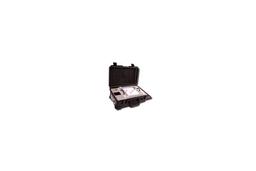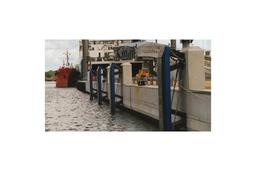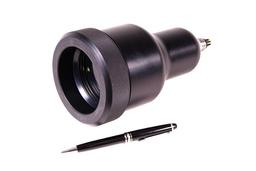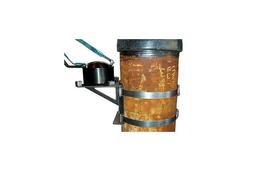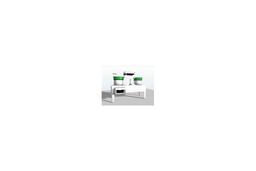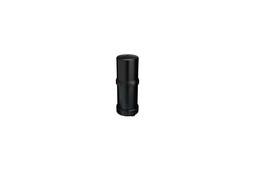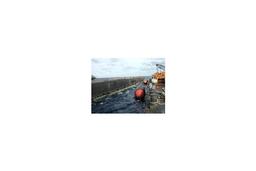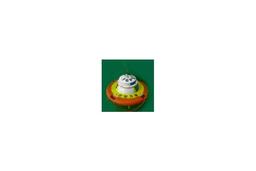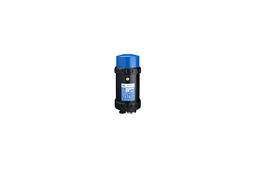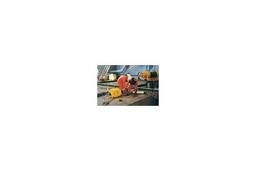

Trelleborg has a long tradition of manufacturing flexible sub structure elements combining rubber and steel. Traditionally this technology has been applied to the foundations of bridges in connection with road construction.
Elastomers are an ideal form of maintenance-free material for offshore applications where energy absorption and vibration reduction combined with movement tolerance is required. Trelleborg use advance modelling techinques to predict the stress versus strain characteristics and also study the fatigue life of our bearings.
Elastomeric Bearings are steel laminated elastomer bearings. They are used to accomodate axial, shear and rotational movement. A variety of high to medium load bearings can be manufactured to suit all specifications. It is commonly used in the offshore market with our specially formulated elastomer compound which gives it resistance to oil-based process liquids.
Design Features:
The thickness and number of elastomer layers influence its vertical stiffness and its load carrying capability
The overall thickness displacement is mainly determined by the bearing's overall elastomer thickness
High-performance and specially formulated outer layers can be provided to give the bearing better resistance to environmental attack (Ozone UV etc.)
The quantity and geometry of the plates will determine the load bearing and stiffness characteristics
Other Features:
Special sizes to suit any application
Natural elastomer is the standard material but Polychloroprene and SBR are also available
Top and bottom mounting plates are available
Holes for locating pins are supplied where specified
Bearings with specification beyond what is shown can also be designed. Please contact us for further details
Typical material specification:
| Property |
Test Standard |
Requirement |
| Tensile Strength | ASTM D412 Die C | 18 MPa (min) |
| Elongation @ Break | ASTM D412 Die C | 500% (min) |
| Compression Set | ASTM D395 Method (B) | 25% (max) |
| Resistance to Ozone Cracking | ASTM D1149 | No cracking visible to eye |
| Tear Resistance | ASTM D624 Method (B) | 75 N/mm (min) |
Typical steel plate specification :
Minimum thickness: 2.0mm; Yield strength: 275 MPa (min); Breaking strength: 410 MPa (min)
Selection and Specification
Published International Standards, as well as offshore and infrastructure authorities and design engineers have varying approaches to bearing specifications but the following are provided as general guidelines:
The vertical compression deformation should not exceed 15% of the initial bearing thickness
The horizontal displacement under shear should be lower than 70% of the total thickness of the elastomer
Total shear tension due to vertical, horizontal and rotation muxst be lower than five times the shear modulus
The maximum compressive load should not be higher than 100-150 kg/cm2
The minimum vertical load to avoid sliding in the structure should not be less than 30kg/cm2. If this condition cannot be satisfied, an anchored bearing should be used
For stability, the total effective height of the elastomer should be lower than a fifth of the smaller horizontal dimension, or if circular, a fifth of the diameter and it should be greater or equal to a tenth of the smaller horizontal dimension.

